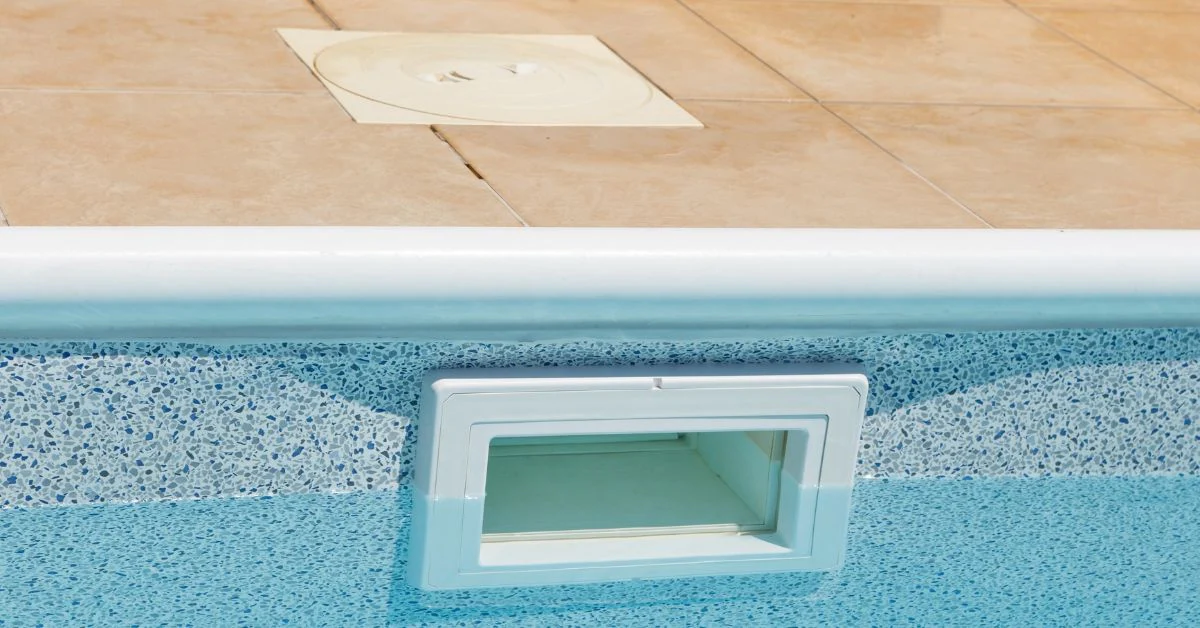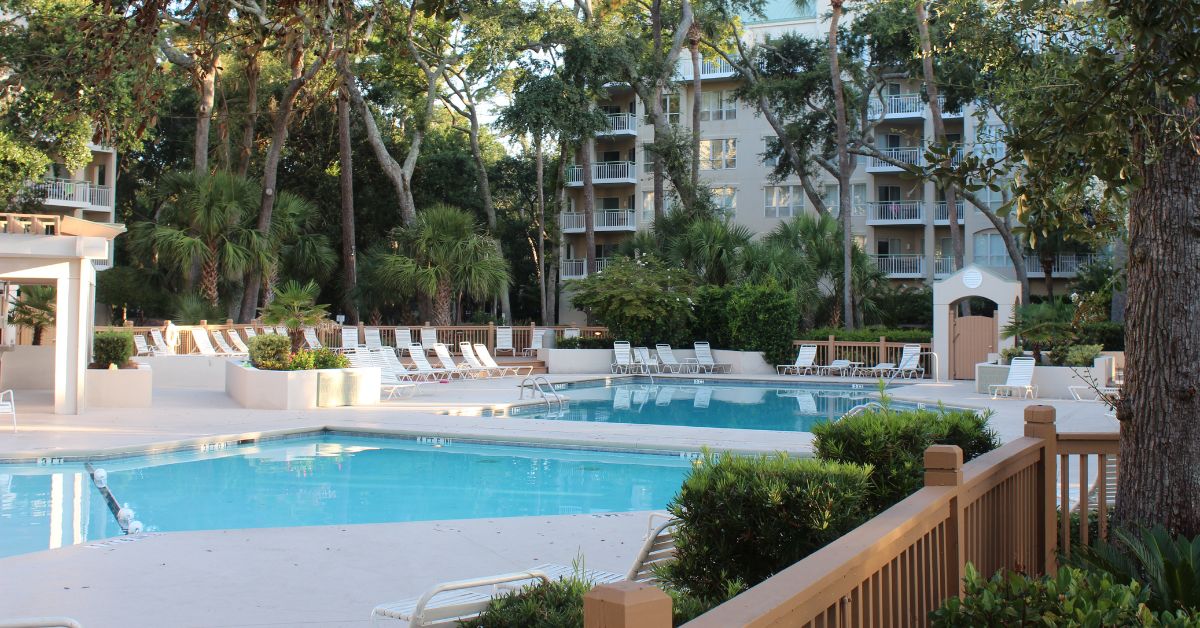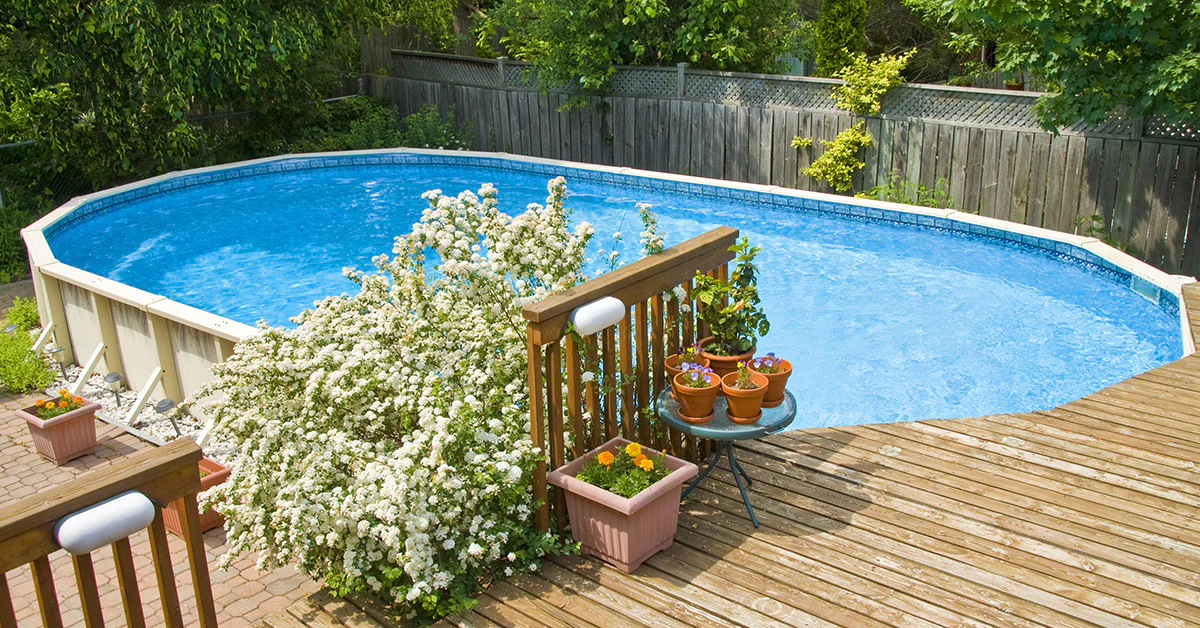

Keeping Your Skimmer Box Debris Free
Keeping your skimmer box clean goes a long way towards not only the overall look of your pool, but also the long term health of


Owning a pool is a wonderful experience, but it does require a fair bit of maintenance. With the blazing summer heat and increasing humidity levels, one potential problem is just around the corner: algae. While algae blooms don’t have to be dangerous, they can be unsightly and leave your pool looking less than appealing. Fortunately, you can keep your swimming pool algae-free, and always ready for someone to jump right in for a swim.
In this article, we will discuss how to keep your pool free from algae all summer long!
Swimming pools are widely considered to be relatively stagnant, but they don’t need to be. Algae thrive in stagnant water and won’t hesitate to build up in the rested waters of your pool. With the proper steps, you can keep your pool water flowing – which is critical for your pool’s overall health.
The best way to keep your water flowing is to use a filter and invest in a speed pump. These solutions will keep your water active, preventing algae from building up. In general, keeping your water moving will help it to stay clean and make for a better swimming experience.
Your filter is easily one of the most important parts of your swimming pool, which means you need to maintain it. If your filter gets backed up, you’ll start to notice changes in your pool. Foreign matter like dirt, insects, and algae will begin to build up and buildups can cause damage to your filter, leading to more problems and higher maintenance cost in the long run. Depending on your pool system, your filter may also play a role in the pH value of your pool’s water, making it even more essential to regularly maintain the essential – and often overlooked pool filter.
Owning a pool and not using it is a great way to for your pool to deteriorate beyond simple care and repair. While filters can be beneficial when it comes to keeping water moving, they aren’t your only option. Regular pool use can also keep your water moving will discourage potential algae growth. More importantly, you will find that this is a great way to recognize if algae are beginning to bloom and stop the problem in its tracks.
If you are worried about potential algae blooms or have had to deal with blooms previously, an algaecide might be your best bet. These specialized biocides are designed to completely prevent algae growth by disrupting the growth process of the algae in some way. Some algaecides will focus on stopping photosynthesis so the algae cannot feed or thrive, while others physically attack the algae or break down a part of the algae to stop it in its tracks.
When used weekly, algaecides can keep a pool clean. In place of an algaecide, some people use barley straw as a more natural approach to algaecide. While the benefits of this method are still being determined, some pool owners swear by it. If you aren’t sure where to start, store-bought algaecide can be a much more accessible, introductory-level option.
Phosphate test kits can are an excellent tool to detect and prevent algae blooms in your pool. These kits allow you to test for high levels of phosphates, which can increase the level of algae in a pool. By utilizing phosphate test kits, you can ensure that your water stays within safe levels and adjust it as needed if any outside factors alter your pool conditions. If your pool is showing high levels of phosphates, investing in a phosphate remover will help return your swimming pool to its best self.
While most pool owners know that chlorine plays an important role in keeping pools clean, not everyone knows how this works. Within a pool, there is what is referred to as the «free chlorine content.» This number is important because it can influence how clean your swimming pool is. The free chlorine content is used to reference the amount of free chlorine in your pool that can help to keep it clean and combat microorganisms from forming.
If your free chlorine content is too low, there won’t be enough chlorine to fight off algae or other microorganisms, leading to even more growth or bigger health risks. If your free chlorine content number is too high, you risk of inhaling chlorine gas or damaging personal items.
To maintain appropriate levels, it is important for pool owners to regularly check these levels and adjust as necessary. For swimming pools, the CDC recommends that the level of free chlorine should be kept above 1PPM, and most agree should be kept below 4PPM.
Keeping algae out of your pool is easier than you might expect as long as you have the right tools. Preventative maintenance like an algaecide can go a long way, particularly if your swimming pool is prone to algae buildup during certain parts of the year.
Being an active, attentive pool owner will make it easy to keep your water perfect so you can always jump in and enjoy a swim.


Keeping your skimmer box clean goes a long way towards not only the overall look of your pool, but also the long term health of


It’s becoming less of a luxury and more commonplace to see swimming pools as part of the garden landscape. However, this pleasurable asset also comes with


Owning a pool is a wonderful experience, but it does require a fair bit of maintenance. With the blazing summer heat and increasing humidity levels,


As we round the corner into the warmest months of the year, swimming is on the to-do list for every child and most families. While


Swimming in your pool is a great luxury that is enjoyed throughout the USA. However, you probably want to know more about how to keep